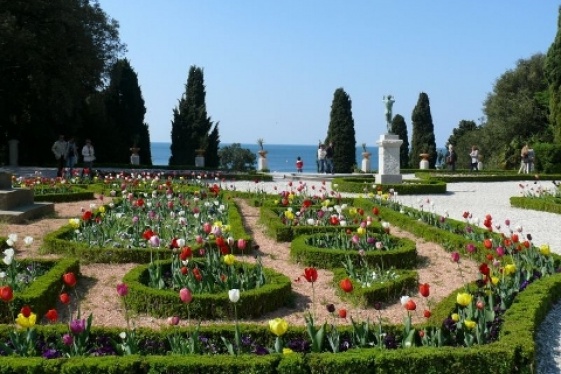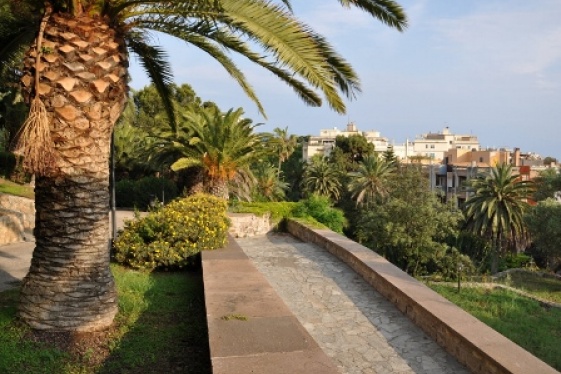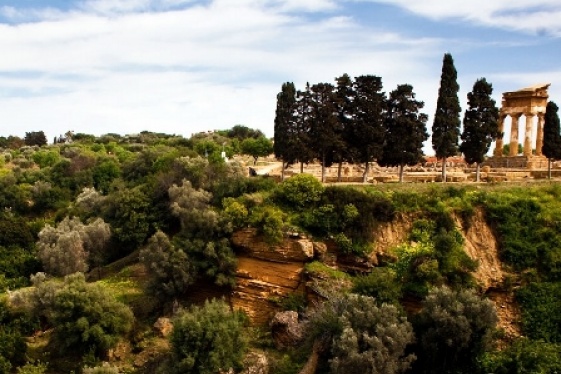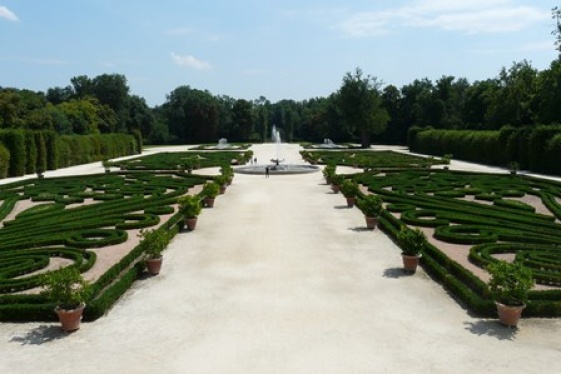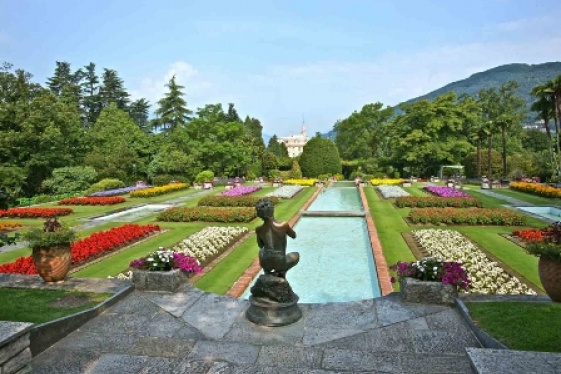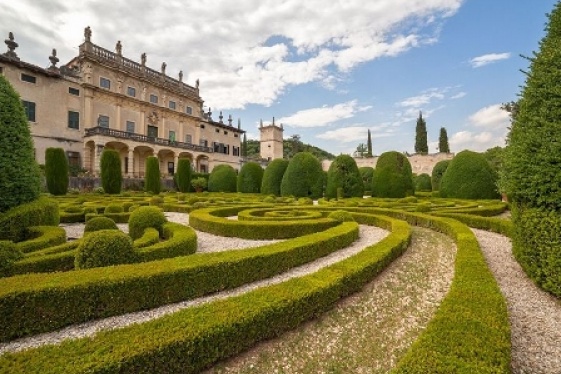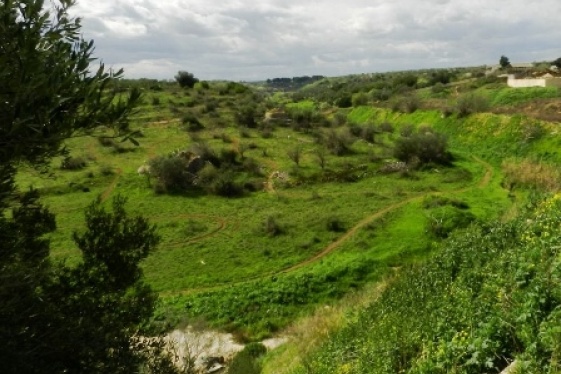Italian gardens: Villa Gregoriana
WTI Magazine #74 2015 December 11Author : Italian Botanical Heritage Translation by: Villa Gregoriana is named after Pope Gregory XVI, who inaugurated it on October 7, 1835. The park, located in scenic location at the foot of the Roman acropolis of Tivoli, is part of the Italian natural, historical and archaeological heritage, an env...
READ MOREItalian gardens: Miramare Castle, Grignano
WTI Magazine #66 2015 August, 21Author : Italian Botanical Heritage Translation by: The Miramare Castle stretches from the promontory of Grignano, on the Gulf of Trieste. A 22-hectare romantic park frames the castle and then degrade towards the sea. Until 1855 the park area was a barren and fallow land, that the young and romantic Ar...
READ MOREItalian gardens: Villa Caristo, Stignano
WTI Magazine #56 2015 March, 20Author : Italian Botanical Heritage Translation by: John Cabot University Villa Caristo, property of the Caristo family, is an important rural mansion of the XVII century. It represents a prestigious and symbolic example of Baroque art in Calabria, so worthy to be included in the philatelic collection o...
READ MOREItalian gardens: Guardiaregia-Campochiaro Wildlife Park
WTI Magazine #65 2015 July, 24Author : Italian Botanical Heritage Translation by: The Regional Oasis Guardiaregia-Campochiaro Wildlife Park is located entirely in the municipalities of Guardiaregia and Campochiaro in the province of Campobasso, in the Molise side of the Matese. The protected area covers 3135 hectares of land, making...
READ MOREItalian gardens: Villa Devoto in Cagliari, Sardinia
WTI Magazine #82 2016 August 19Author : Italian Botanical Heritage Translation by: Villa Devoto and its adjoining park, located in Cagliari, was built between 1915 and 1919 by Girolamo and Oddone Devoto; since 1955, following the purchase by the Autonomous Region of Sardinia, it has become the institutional home of the President of t...
READ MOREItalian gardens: Kolymbetra Garden, Sicily
WTI Magazine #85 2016 November 21Author : Italian Botanical Heritage Translation by: The Kolymbetra Garden (greek word for a type of pool used in Roman times for aquatic sports) is an archaeological site of great historical, scenic, agricultural and natural importance, located in the Valley of the Temples in Agrigento. In 1999, the r...
READ MOREItalian gardens: Colorno Royal palace, Parma
WTI Magazine #59 2015 May, 1Author : Italian Botanical Heritage Translation by: The Colorno Royal Palace was built by Duke Ranuccio II Farnese in 1660 as a tribute to his wife Violante Margherita of Savoy, a great lover of fox hunting, and was later completed by his son Ranuccio II, the Duke Francesco Farnese until 1719. The Honorabl...
READ MOREItalian Gardens: The Venaria Royal Palace
WTI Magazine #75 2016 January 18Author : Italian Botanical Heritage Translation by: The Venaria Royal Palace, 10 kilometers from Turin, is extraordinary and immense. A Unesco's World Heritage Site, is one of the finest examples of Baroque architecture of the seventeenth and eighteenth centuries, both in the palace and in the gardens....
READ MOREItalian gardens: Villa Arconati, Bollate
WTI Magazine #72 2015 November 13Author : Italian Botanical Heritage Translation by: Villa Arconati, also known as the Castellazzo, is one of the historic mansions located in Bollate, in the hamlet of Castellazzo di Bollate. It is an example of late XVIII century Lombard baroque, and it is a national monument. The villa is located wi...
READ MOREItalian gardens: Lama Balice Natural Park
WTI Magazine #83 2016 September 16Author : Italian Botanical Heritage Translation by: The Lama Balice Nature Park covers an area of 125 hectares and is on a typical carsic incision with a "U" shape, called "lame" (blade) (grooves carved out by running water of rivers and streams over time in limestone), from which it takes its name....
READ MORE



